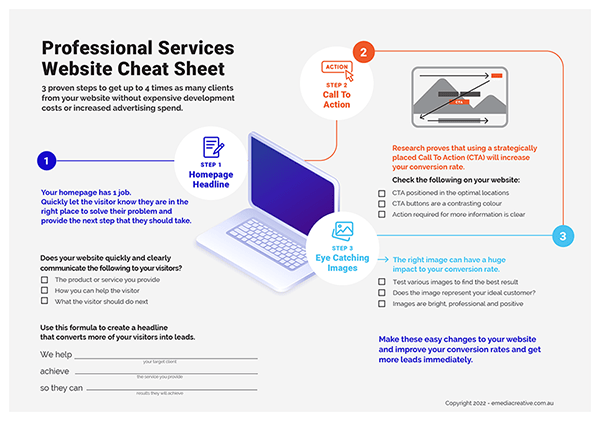In today’s world, mobile devices are used more often than desktops to access the internet. In fact, studies show that mobile devices account for over 50% of all internet traffic. This shift in user behaviour has led to the development of mobile-first design, a design strategy that prioritizes mobile devices over desktops. This article will explain what mobile-first design is and how to implement it.
What is Mobile First Design?
Mobile-first design is a design strategy that focuses on designing for the smallest screens first, such as smartphones, and then scaling up to larger screens. This approach ensures that the user experience is optimized for mobile users, who make up the majority of internet users.
Mobile-first design is a response to the limitations of the mobile platform and the need to create a seamless user experience across all devices.
Why is Mobile First Design Important?
Mobile-first design is important because it recognizes the shift in user behaviour and the need to optimize web experiences for mobile users. Mobile devices have limited screen space, slower internet speeds, and smaller processing power compared to desktops.
Therefore, designing for mobile devices first ensures that the user experience is optimized for the most challenging platform. This approach also helps to streamline the design process, reduce development time, and improve website performance.
How to Implement Mobile First Design
Implementing mobile-first design requires a shift in mindset and design approach. Here are some steps to follow:
Step 1: Start with Mobile-Optimized Content
The first step in mobile-first design is to start with mobile-optimized content. This means designing content that is easy to read and navigate on small screens. Mobile-optimized content should be concise, visually appealing, and easy to navigate. This approach ensures that the user experience is optimized for mobile users and that the content is easily accessible.
Step 2: Prioritize User Needs
Mobile users have limited time and attention spans, so it’s important to prioritize the most important content and features. This means identifying the key tasks that users need to accomplish on the website and designing the user interface around those tasks. Prioritizing user needs ensures that the user experience is streamlined and optimized for mobile users.
Step 3: Use Responsive Design
Responsive design is the practice of designing a website that adapts to different screen sizes and devices. This approach ensures that the website looks and functions properly on all devices, including desktops, tablets, and smartphones. Responsive design is essential for mobile-first design because it allows designers to create a seamless user experience across all devices.
Step 4: Optimize Page Load Speeds
Mobile users are often on the go and have limited time to wait for web pages to load. Therefore, it’s important to optimize page load speeds for mobile devices. This means optimizing images and videos, reducing HTTP requests, and minifying code. Optimizing page load speeds ensures that the user experience is fast and seamless, which is crucial for mobile users.
Step 5: Test and Iterate
Mobile-first design is an iterative process that requires constant testing and refining. Designers should test the website on different devices and screen sizes to ensure that the user experience is consistent. They should also gather feedback from users and make changes based on that feedback.
Testing and iterating ensure that the website is optimized for mobile users and that the user experience is seamless across all devices.
Conclusion
Mobile-first design is a design strategy that prioritizes mobile devices over desktops. It is important because it recognizes the shift in user behaviour and the need to optimize web experiences for mobile users.
Implementing mobile-first design requires a shift in mindset and design approach, including starting with mobile-optimized content, prioritizing user needs, using responsive design, optimizing page load speeds, and testing and iterating.
By following these steps, designers can create web experiences that are optimized for mobile users and provide a seamless user experience across all devices.
Ready to take your business to the next level? Let Emedia Creative, one of the best website builder in Australia, help you achieve your goals! Contact us today at 02 9557 3366 or email us at [email protected] to learn more about our Revenue Roadmap and how we can help your business succeed through mobile-first web design!



